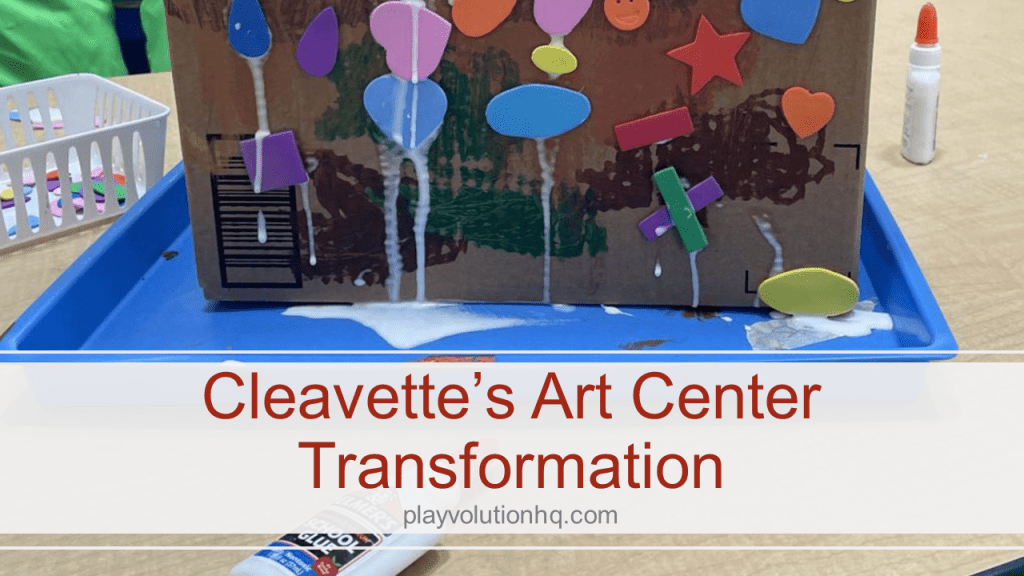
This art center transformation is the work of Cleavette, an early learning professional in California. She set out to make her classroom’s art area more child-led and process-focused and documented her experience. I felt her journey was worth sharing here, and she agreed. What follows is her words and photos sprinkled with a bit of my commentary.
We’ll start with this short video Cleavette made of her revamped art area:
She started by removing stuff kids weren’t using and adding a basket of paint—something that previously had not been available on demand.
“I ended up removing the items that were no longer used: whiteboards, chalkboards, and do-a-dot markers. I rearranged the items already on the shelf and only added one basket. The basket contained 4 small jars of paint, 4 brushes, and a stack of cardboard cups.”
“After rest time, they rushed over to that area, as they usually do. Someone brought out the basket and they went to town.”
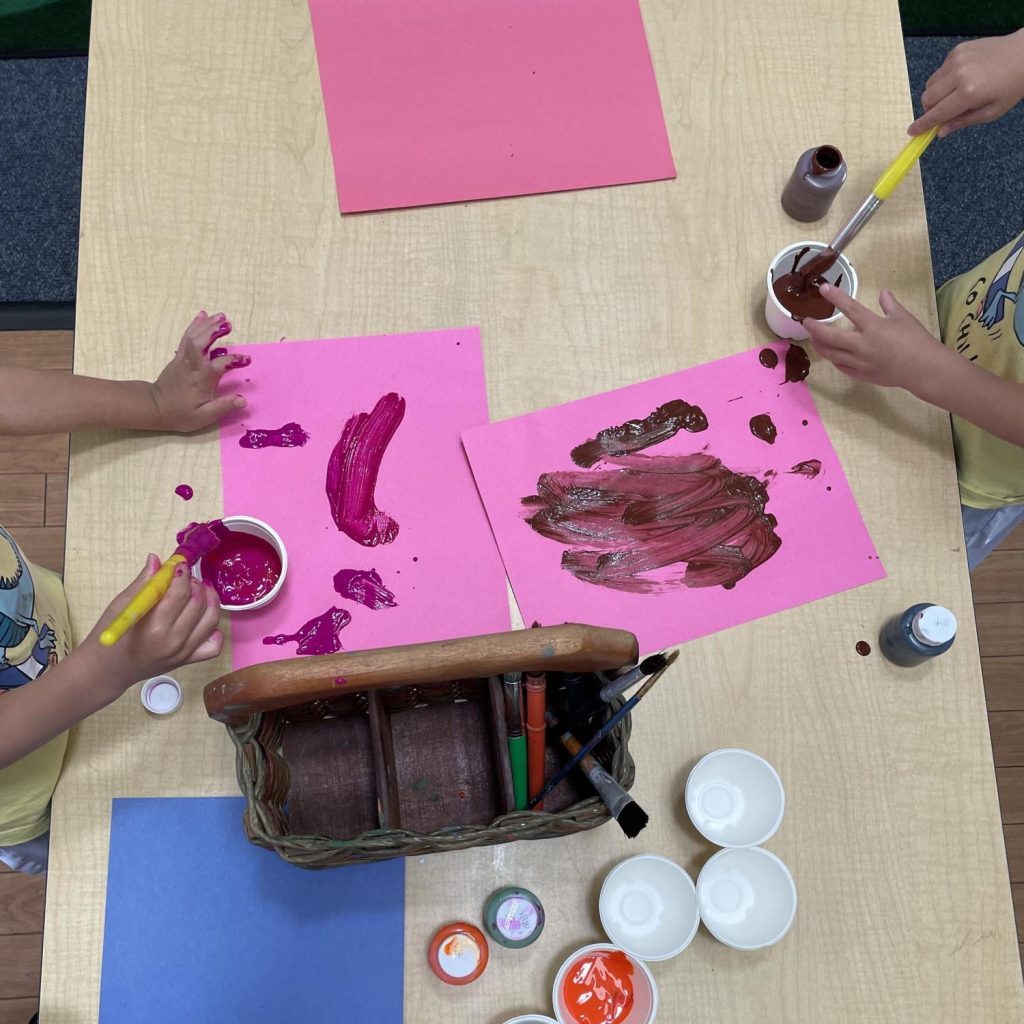
“I limited the paint and brushes because I didn’t want to bombard them with all these new things and I wanted to observe their reactions and how they used the materials.”
Starting small is a good idea when making changes to a play environment. Minor changes are less likely to overwhelm kids and adults.
“One child arrived after being out for 2 weeks and immediately noticed that the shelf was different. She asked me, “What do I do with this?” “Whatever you want”, I responded. “Like what?” she asked. To which I prompted, “Well, you can fold it, cut it, draw on it.” She quickly says, “Ooh, can I have scissors to cut it?” (Side note: We are not allowed to have scissors accessible to children. This is the rule at the center I work at, not my personal preference. I’d rather have them out, but that’s another conversation!)As the children began to arrive they joined the table. They used paper, scissors, glue sticks and out come the paint and brushes!”

“They dumped some paint into the cups, they mixed colors, they painted papers, the table, and their hands. I never once stopped them or said a word to them. I just watched it unfold.”
“…it’s also not going to work if the adults can’t let go of that control/power.”
“I tend to blend into the background to watch and listen, or sometimes I clean, become the photographer, or just play with them when I’m invited.”
Sitting back and observing the impact of that small change is another good idea. It’s important to gather data about the change’s impact. This information is useful in further tweaking of the environment, noting what does and does not work, and supporting children’s self-led endeavors.
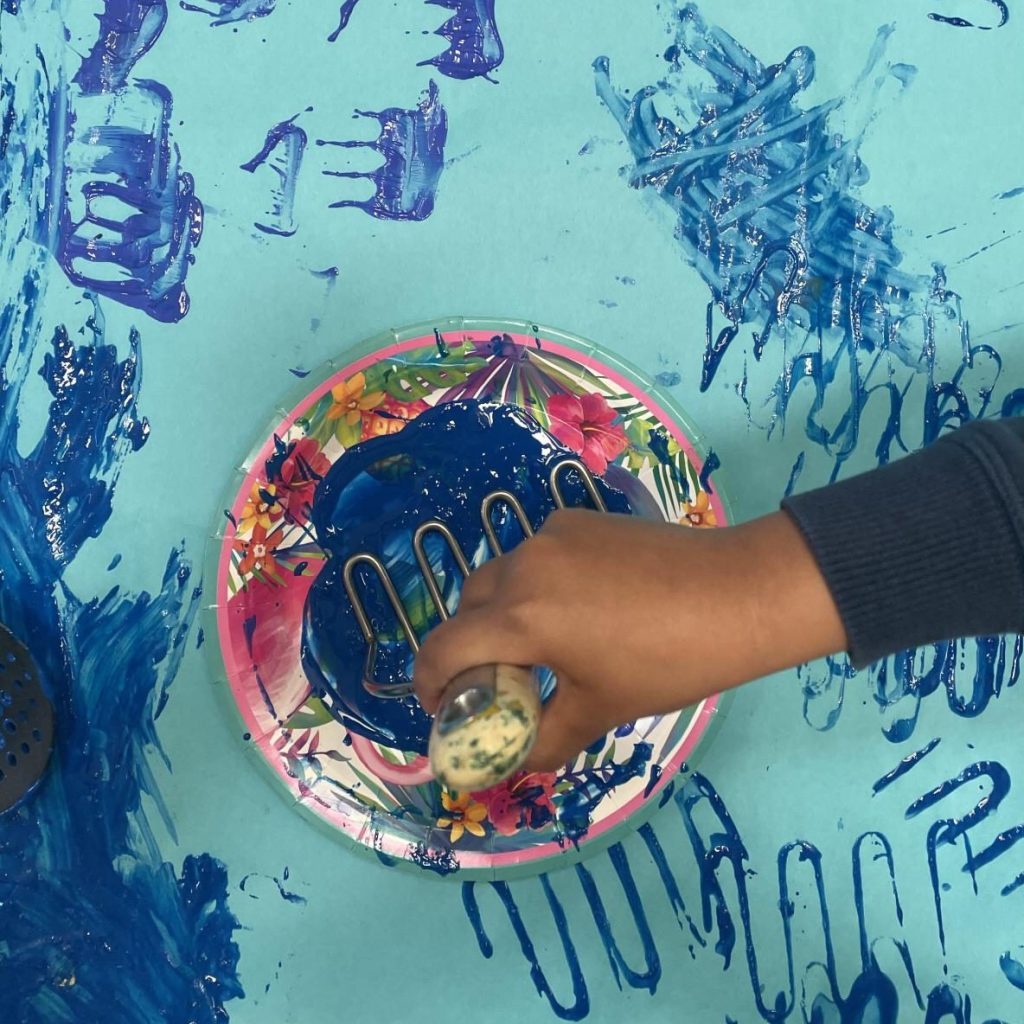
The basket was “as busy as a club with free entrance on a Friday night…. I actually added more tiny containers of paint.”
Worrying about how others will respond can hinder even small changes. It’s easy to get in the habit of second-guessing yourself.
“I was so hesitant to have paint accessible because of the fear of hearing comments from adults. It took me this freaking long and I wish I would have done it sooner!”
Experimenting like this is easier when everyone working in the program is on the same page.
“It’s especially tough when admin or colleagues may not see my visions or agree with my philosophy. I choose my battles…”
“I really wish the program I work at would see all the learning happening.”
That’s another reason making small changes is a good idea. If things don’t work out, it’s easy to switch things back if the boss is upset or another teacher can’t cope with the change.
On the other hand, small changes can help other staff expand their thinking and evolve their practice.
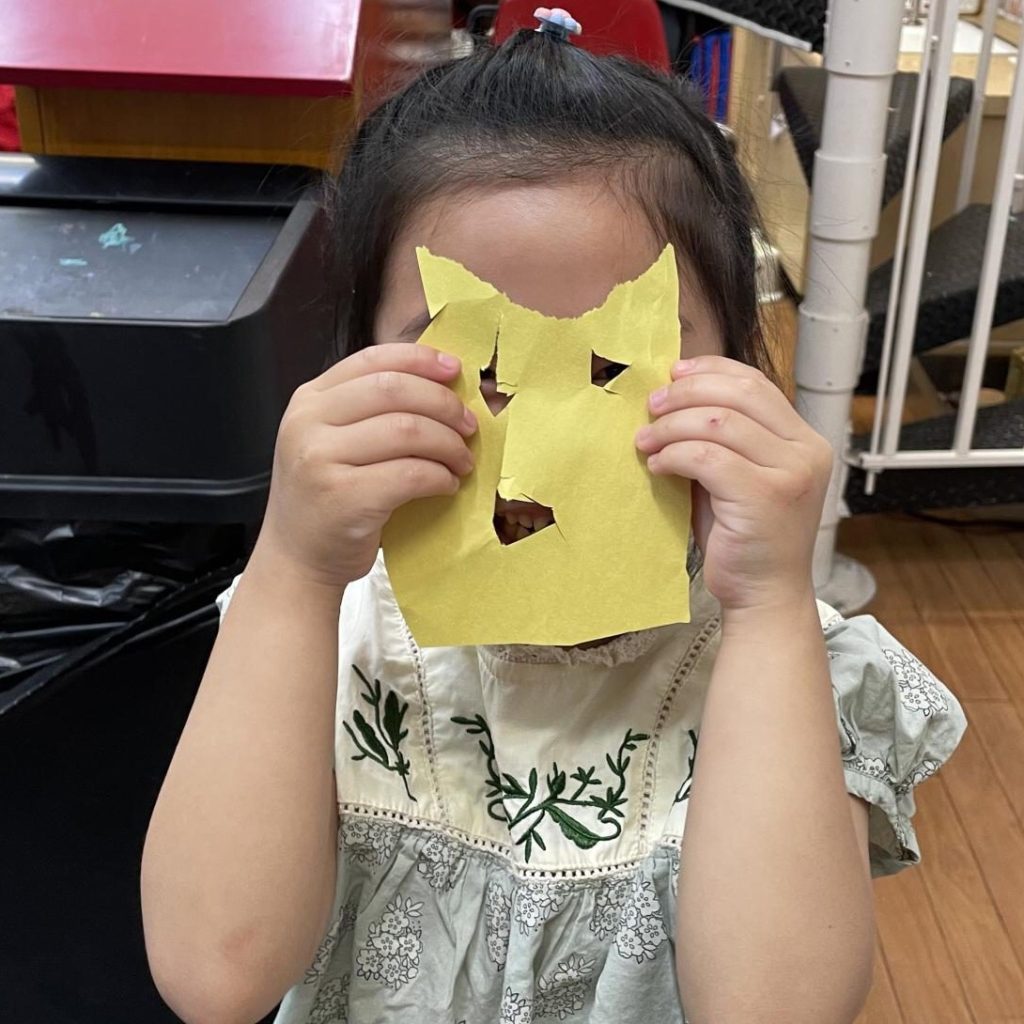
“Some assistant teachers who come in want to instinctively stop the children from squeezing glue or paint out. I kindly explained that I encourage it…”
“Another time, I said, “It’s okay that they make a mess; they’re learning and cleaning up…always gets done.” That day, after we all cleaned up, I jokingly said, ‘See! It’s like nothing ever happened’ Now she appears less scared.”
Busy human brains crave novelty, so switching things up now and again is a good idea.
“I like to add new materials when I notice that certain items only collect dust,” They seem to always love “envelopes, tape, writing tools (pens, sharpies, markers), paper galore (colored paper, shiny, collage paper, etc.), stickers, scissors, and glue.”
“It’s amazing how just switching things around creates more wonder and curiosity.”
“I switched out our light table for my overhead projector today and I can’t wait to see what they do!”
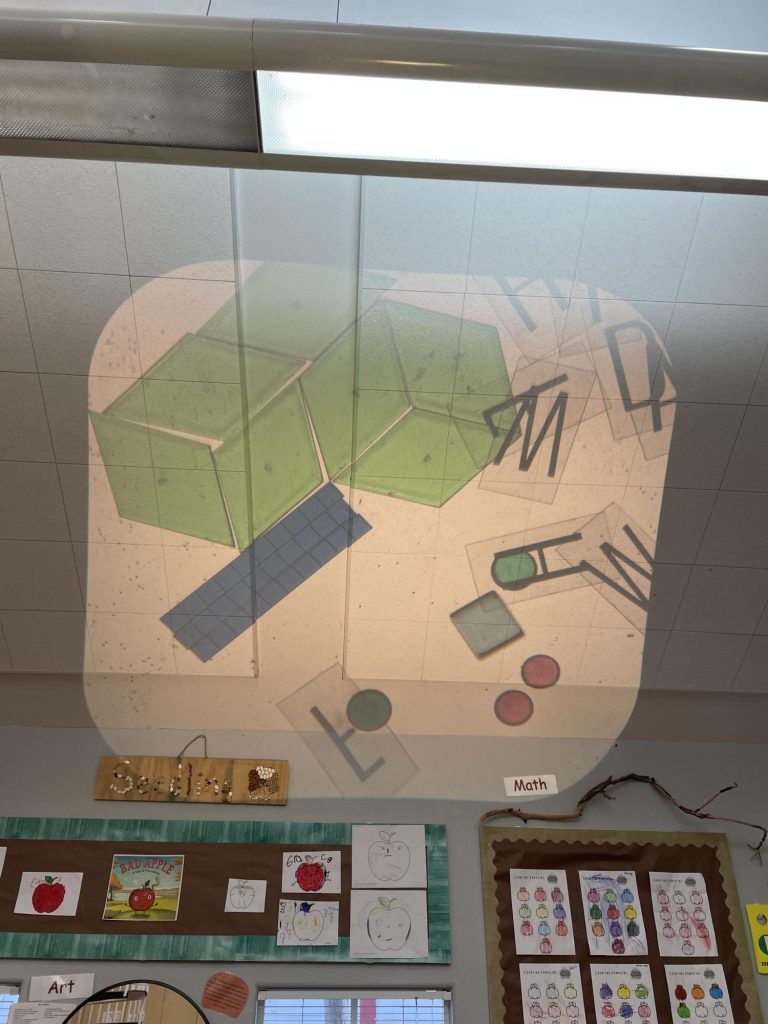
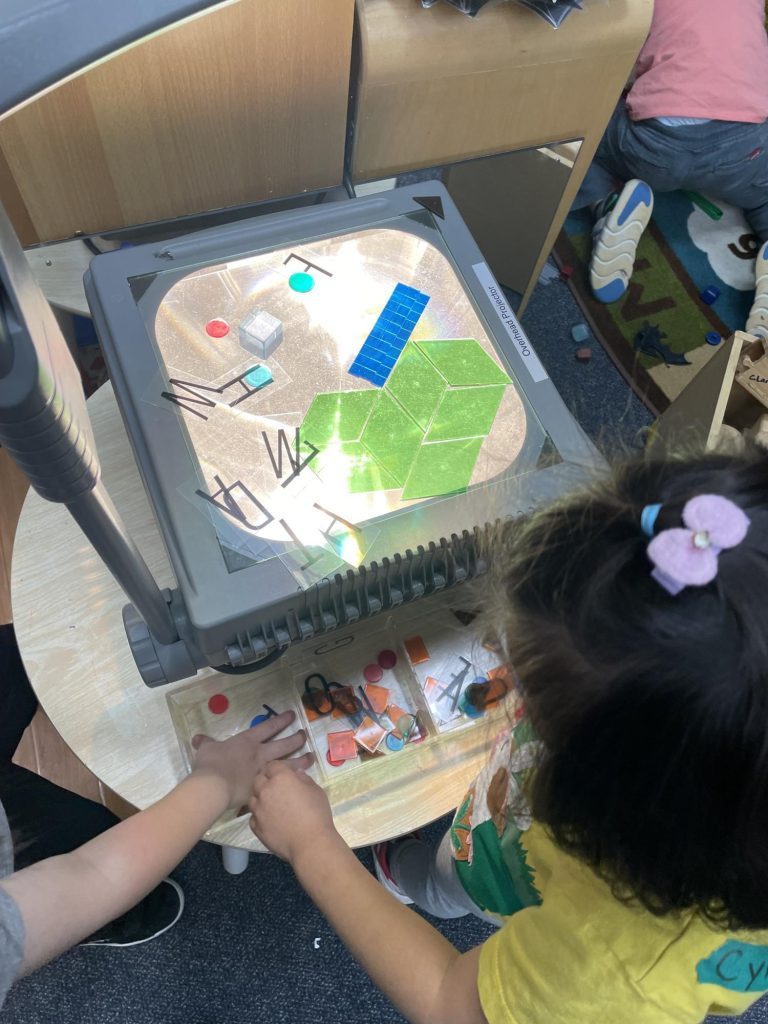
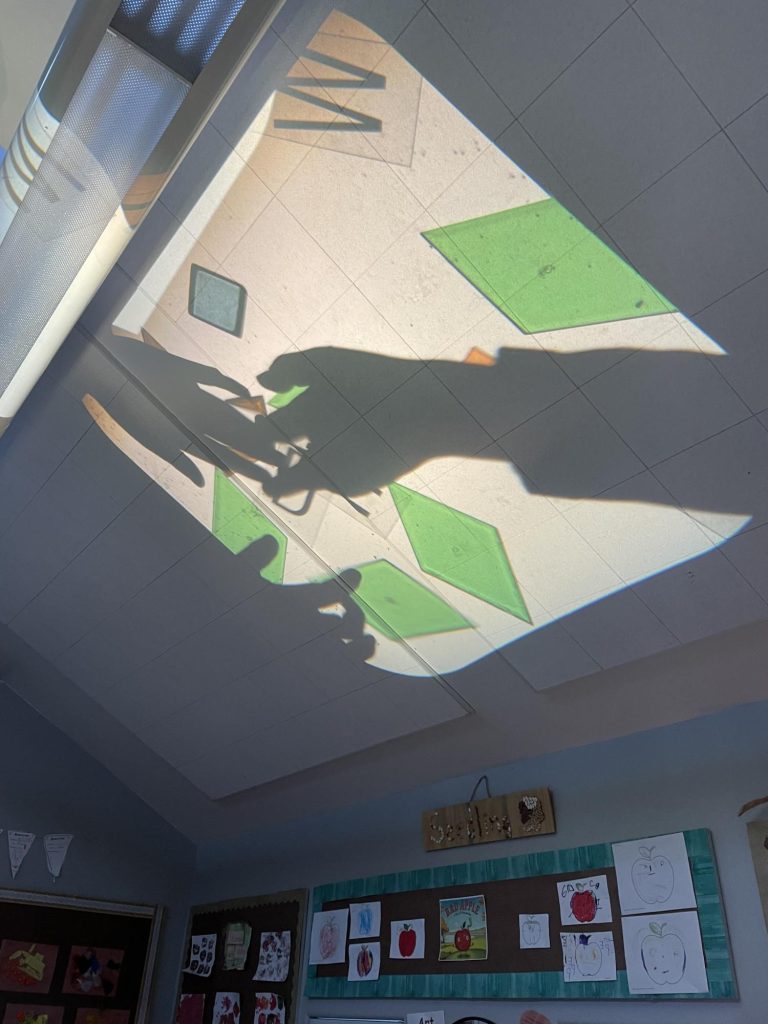
Things were clicking in Cleavette’s art area, and she felt good about her changes. The children had more autonomy and agency, which led to more creativity and learning.
Then, something changed that she had no control over. A new (and younger) group of kids rotated into her classroom.
Bringing a new and younger group into a play space can be a challenge.
“I’ve been busy surviving the past week…”
The challenges can leave you feeling lacking because you do indeed lack several things. You lack relationships with the children. You lack an understanding of their abilities and interests. You lack knowledge of their temperament and personality. It takes time to build relationships and gather information and experience with the new group.
“It took me two weeks to realize that I needed to lower the expectations I had for the children. The group of children that left our class in June were nearly 5, and the children who have just joined me just turned 4, or are about to be 4. I also realized that everything the previous group was doing or capable of doing was the result of a 9-month journey.”
Another challenge for Cleavette was that this new batch of kids wasn’t interested in her art area.

‘Our art area is lonely, sad, and forgotten. The group of children in our class are not interested in any art whatsoever.”
Giving kids choices means allowing them not to be interested in a play space to which you’ve given a lot of thought, time, and attention. This lack of interest can be disheartening and frustrating. Sometimes it stems from a genuine lack of interest.
Other times, it’s due to a lack of knowledge. For example, kids who have never been free to use glue, paint, tape, and other materials whenever they like may shy away until they’re comfortable and sure it’s allowed. If you’ve only been allowed to handle a glue bottle under strict ‘dot…dot…not a lot‘ conditions, it takes time to understand you can glue when and how you like.
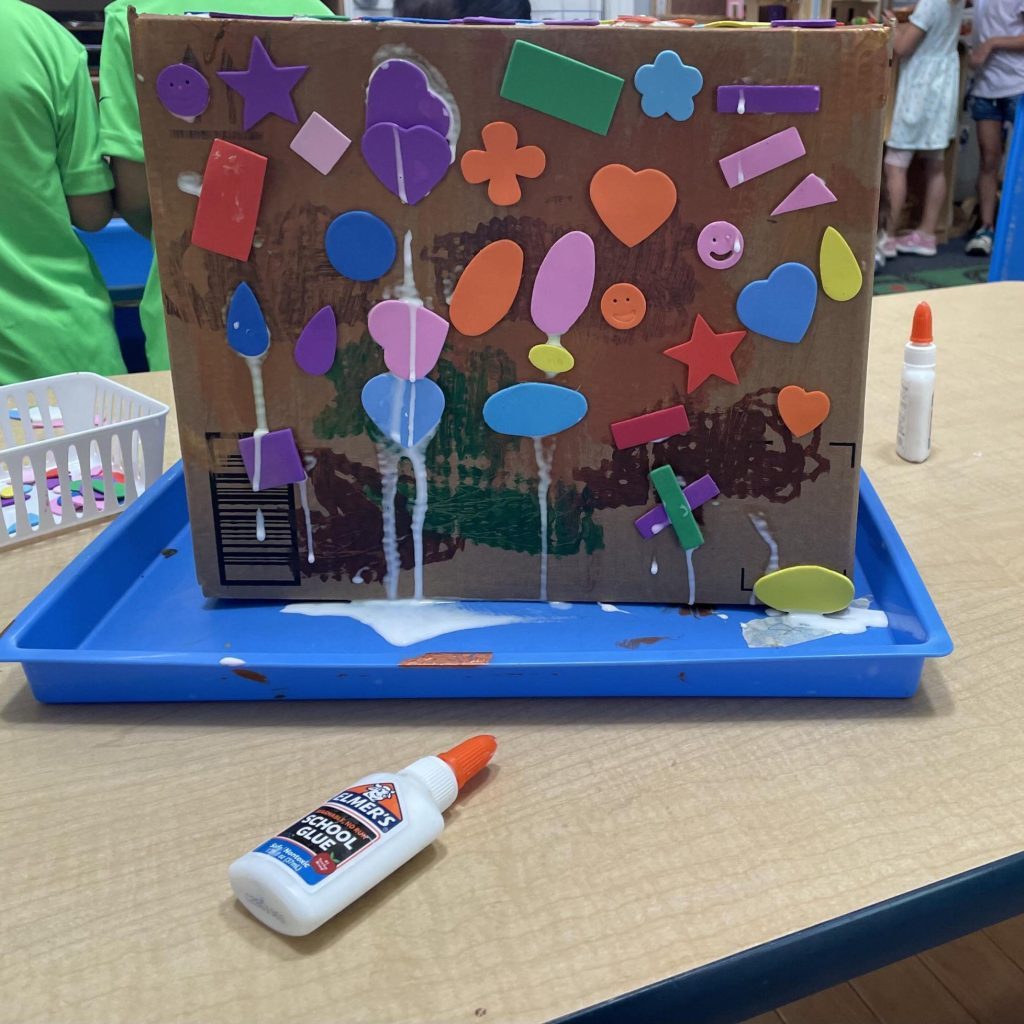
But as time passes, interests and understanding change.
“Our art area is busier than a 7-11 on July 11th for free Slurpees.”
“…they are having a blast doing things I know they’re not able to do at home or would have experienced in a different classroom. They are pouring glue out, using spoons for glue (not sure how that idea came along), cutting paper into tiny pieces, squeezing all the paint out of the bottle, etc.”
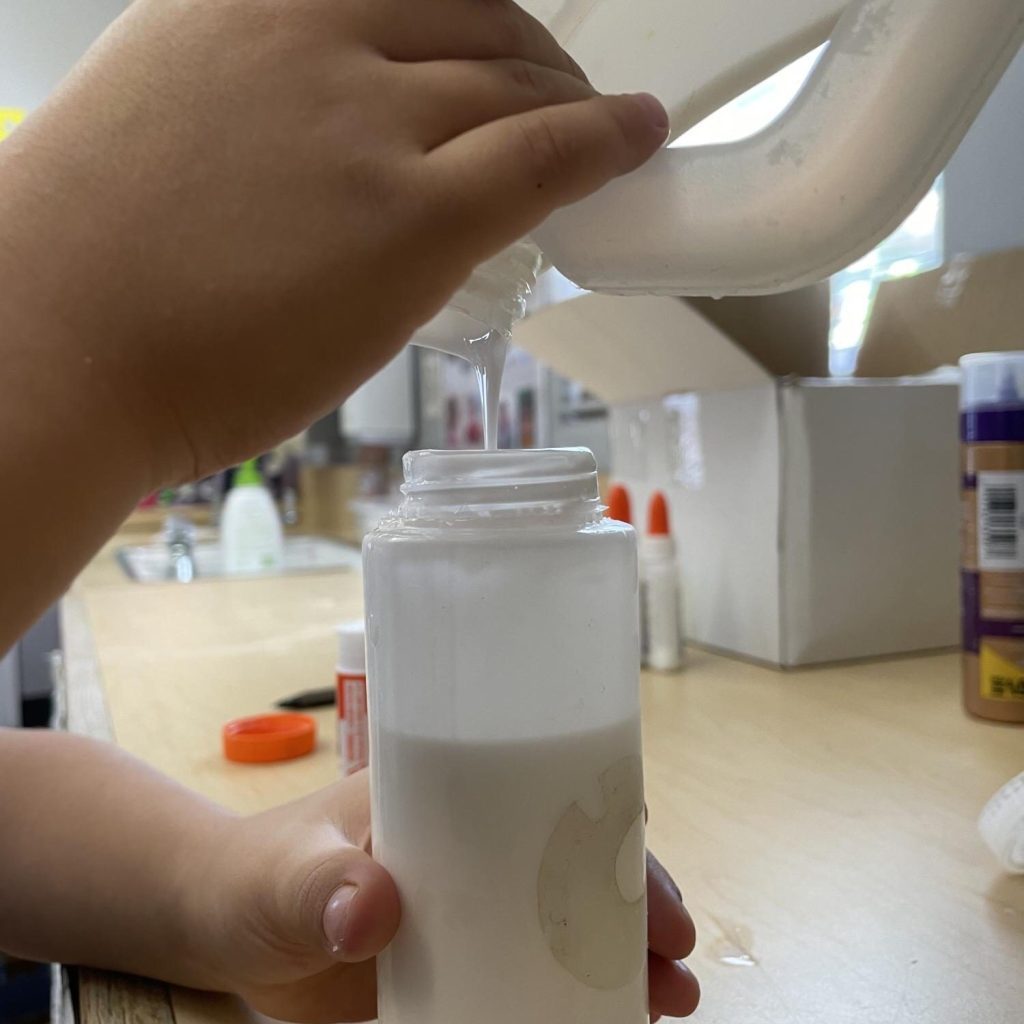
Art Center Transformation Wrap-Up
Transforming any play space to enhance learning and give kids more power and control over their activities takes close observation, reflection, and a willingness to try new things. Sticking with the status quo would have been much easier for Cleavette, but she wasn’t satisfied with things the way they were and took action. You can too.
Contribute content to Playvolution HQ
Brought to you by Explorations Early Learning
Browse Trainings
Author
In-Person And Online Training
Learn how to book an in-person or online training for your organization on these early learning topics.
Support The Site
I participate in the Amazon Services LLC Associates Program, an affiliate advertising program designed to provide a means for me to earn fees
by linking to Amazon.com and affiliate sites.
Thanks To Our Patrons
This post was made possible by patrons like these, who generously fund our work:
Supporters
Lissadell Greene Stephanie Goloway Jennifer Stark
Lagina Kozak Michelle Hankins
Marie Messinger Tamara L. Lakin
Fans
Jen Flemming Lizz Nolasco Cynthia J Bays
Susan Warner Kelly Sigalove Shawn Wolf
Vittoria Jimerson Codee Gilbert Wendy Tedford
Monica Morrell Pam Soloman Melissa Franklin
Teresa Watson Erika Felt Autumn Peele
Melissa Taylor Jahmeela Robinson Stacie Manning
Amber Maurina Terra Calamari Anne Jackson
Lagina Kozak Samantha Yeager-Cheevers
Elizebeth McCoy Sammy Cousens Ellen Cogan
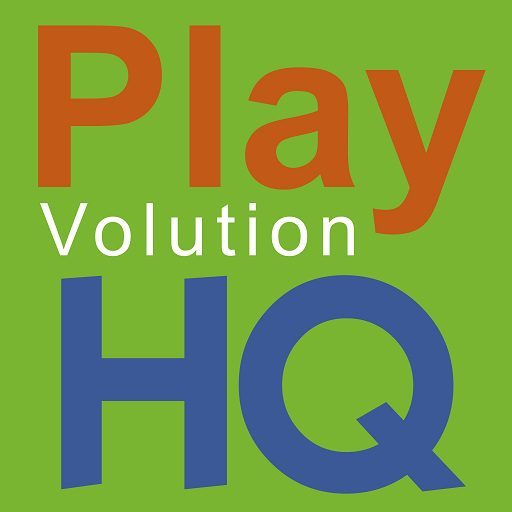


Leave a Reply